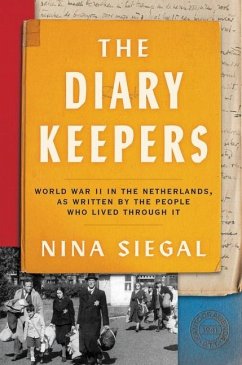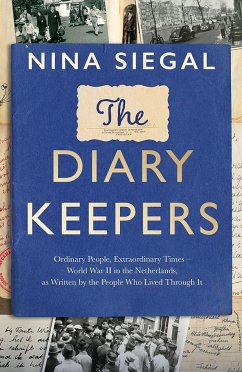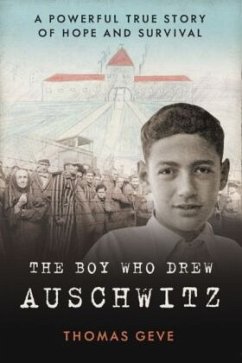
Victims and Perpetrators
Dutch Shoah, 1933/45 and beyond
Versandkostenfrei!
Versandfertig in 2-4 Wochen
59,00 €
inkl. MwSt.

PAYBACK Punkte
0 °P sammeln!
How was it possible that, in a rather peaceful and, to all intents and purposes, not particularly antisemitic Dutch society, more than 75% of the Jewish population were arrested, deported or murdered in concentration camps during the Shoah? Can all of this be blamed on the Nazi occupiers?The eminent historian, Hans Derks, explains this mystery for the first time by looking closely at the social and religious characteristics of Dutch society. He also unveils the extensive collaboration of the country's state-bureaucracy with the German authorities. This uniquely perpetratororiented book about t...
How was it possible that, in a rather peaceful and, to all intents and purposes, not particularly antisemitic Dutch society, more than 75% of the Jewish population were arrested, deported or murdered in concentration camps during the Shoah? Can all of this be blamed on the Nazi occupiers?
The eminent historian, Hans Derks, explains this mystery for the first time by looking closely at the social and religious characteristics of Dutch society. He also unveils the extensive collaboration of the country's state-bureaucracy with the German authorities. This uniquely perpetratororiented book about the Dutch Shoah offers shocking conclusions about the persistent contribution of Dutch scholars to racist ideologies and eugenic measures aimed at creating a new, racially pure Dutch society under an authoritarian leadership.
The eminent historian, Hans Derks, explains this mystery for the first time by looking closely at the social and religious characteristics of Dutch society. He also unveils the extensive collaboration of the country's state-bureaucracy with the German authorities. This uniquely perpetratororiented book about the Dutch Shoah offers shocking conclusions about the persistent contribution of Dutch scholars to racist ideologies and eugenic measures aimed at creating a new, racially pure Dutch society under an authoritarian leadership.
Dieser Artikel kann nur an eine deutsche Lieferadresse ausgeliefert werden.












